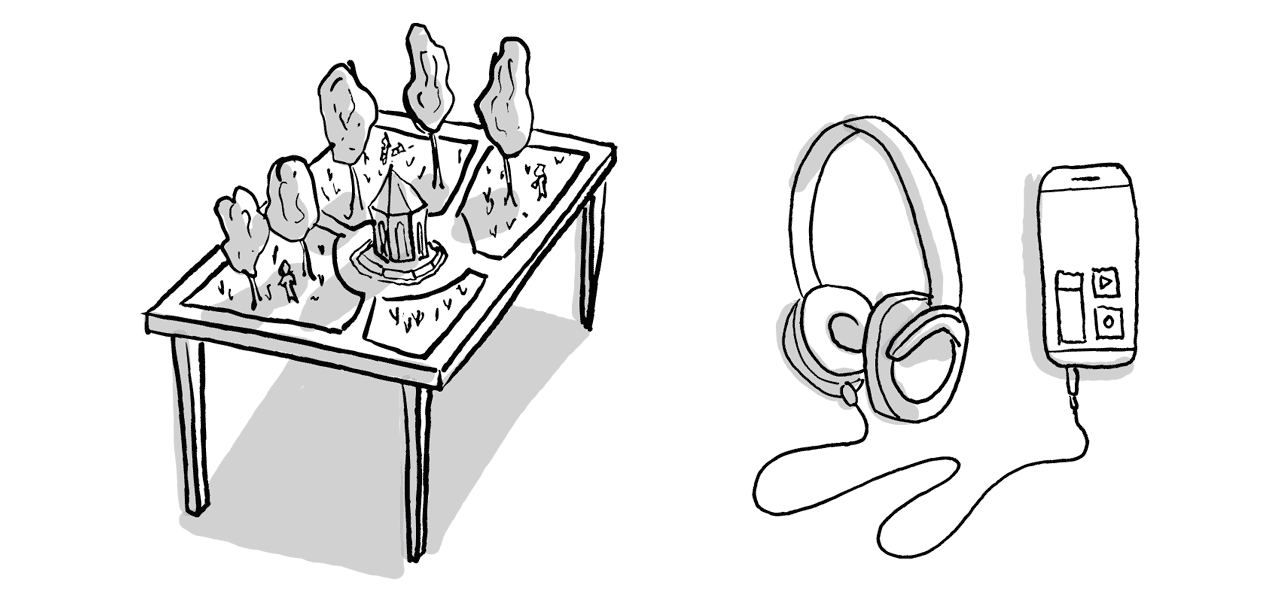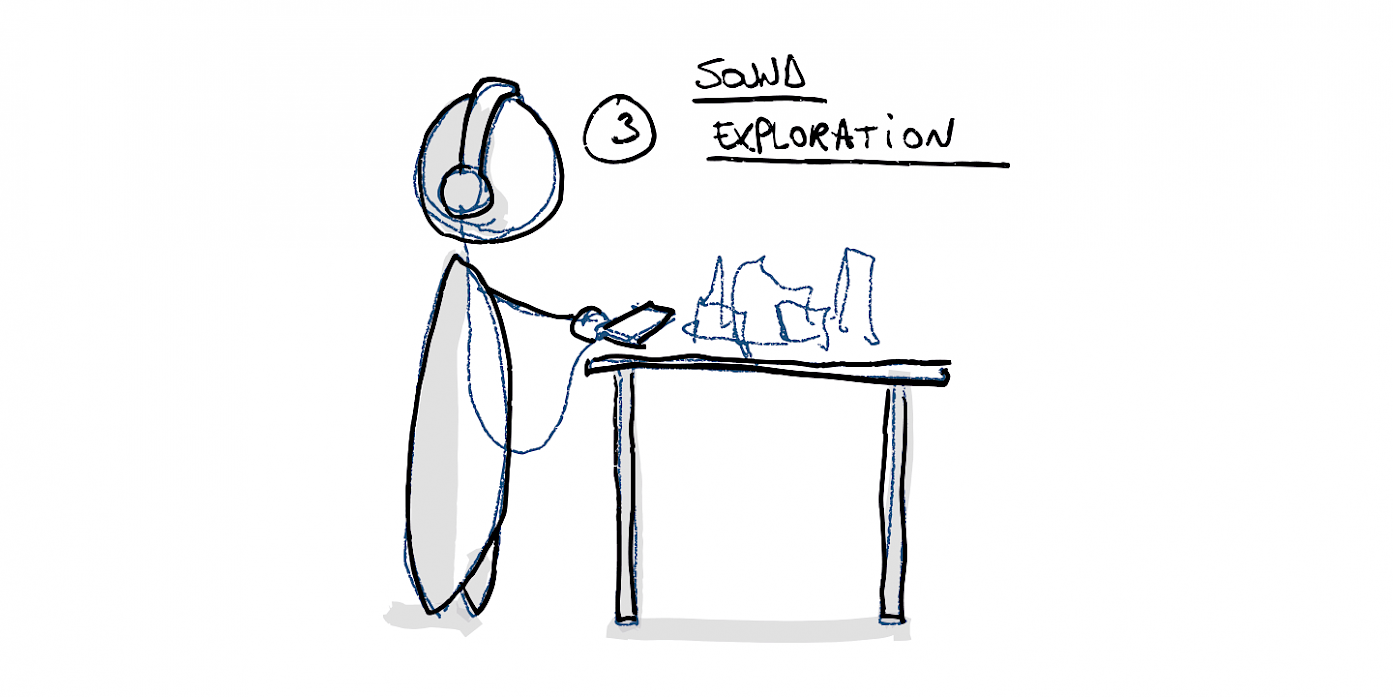Stethoscope
Immersive audio system for democratic placemaking
The Challenge: Develop a vision and a series of prototype to create new forms of public engagement around development projects
The outcome: A simple solution combining physical props and a digital app, allowing for exploring soundscapes of development projects in public spaces and sharing memories, thoughts or ideas in a democratic placemaking process
Context
Public spaces have great economic, social and natural value and yet there is a disconnect between the 'owners' of public space and the people who use them:
- Local councils have limited funds
- Local populations are not engaged in public consultations
- Developers communicate in ‘expert’ language and forms
- There are conflicting priorities between park users, land owners and developers
Getting consultation, planning, visioning and participatory processes right has the potential to release and increase community, public and commercial value – reducing barriers to development while ensuring that development is appropriate.
The Project
We teamed up with Golant Innovation and Furtherfield to win a Design grant from Innovate UK, for a project focusing on these issues and using Finsbury Park as a test case.
Using design thinking to engage with Finsbury Park local residents we gathered detailed insights allowing us to better frame the problem and identify ideation questions such as:
- How to give context?
- How to make people feel listened to?
- How to give a better sense of what is happening in a specific project?
- How to build on effective existing methods (oral narration, workshops etc..)?
- How to make the workshops easier?
- How to turn insights/ideas into a plan/something that gives confidence to local authorities?
The concept we decided to push forward builds on one of the strongest insight we gathered during the research phase: Oral narration is the most widely shared creation skill and could be the basis of a more democratic placemaking process, if organised properly.
Using the spatial audio and augmented-reality (AR) capabilities of most smartphones, Stethoscope allows exactly that, by providing a way to organise audio content in a spatial and intuitive way. It combines a physical representation of a development project (e.g architectural scale model or map) with a digital app that focuses on sound rather than visual augmentation.

The augmented-reality capability of the phone is used here mainly to allow it to know its positon in space as the user moves it around the model. Using that information, the App can record and playback specific sounds in specific areas of the map and blend them as the phone is being moved in Space.
For the user, that means being able to:
- Explore soundscapes of an existing space
- Explore soundscapes of a project before it actually exists
- Record ideas or memories linked to that physical space
- Discover the ideas or memories of other people

Because it uses sound as a main vector of information, Stethoscope proposes a more inclusive use of immersive technologies that lowers the barrier to entry when it comes to being able to express ideas and share them.
Future developments of the project include:
- Cloud storage of the data to be able to access it on location and at 1:1 scale using AR + GPS location
- Speech-to-text implementation in order to allow for exporting geo-tagged clouds of ideas, accessible to all, online
The models used to prototype and demonstrate the concept, including a 2-meters long map of Finsbury Park, were made using publicly available data, a bit of glue and the laser-cutting expertise of Lasermake.
Contact
Any question, idea, suggestion?
And follow us on Instagram to get the latest updates











